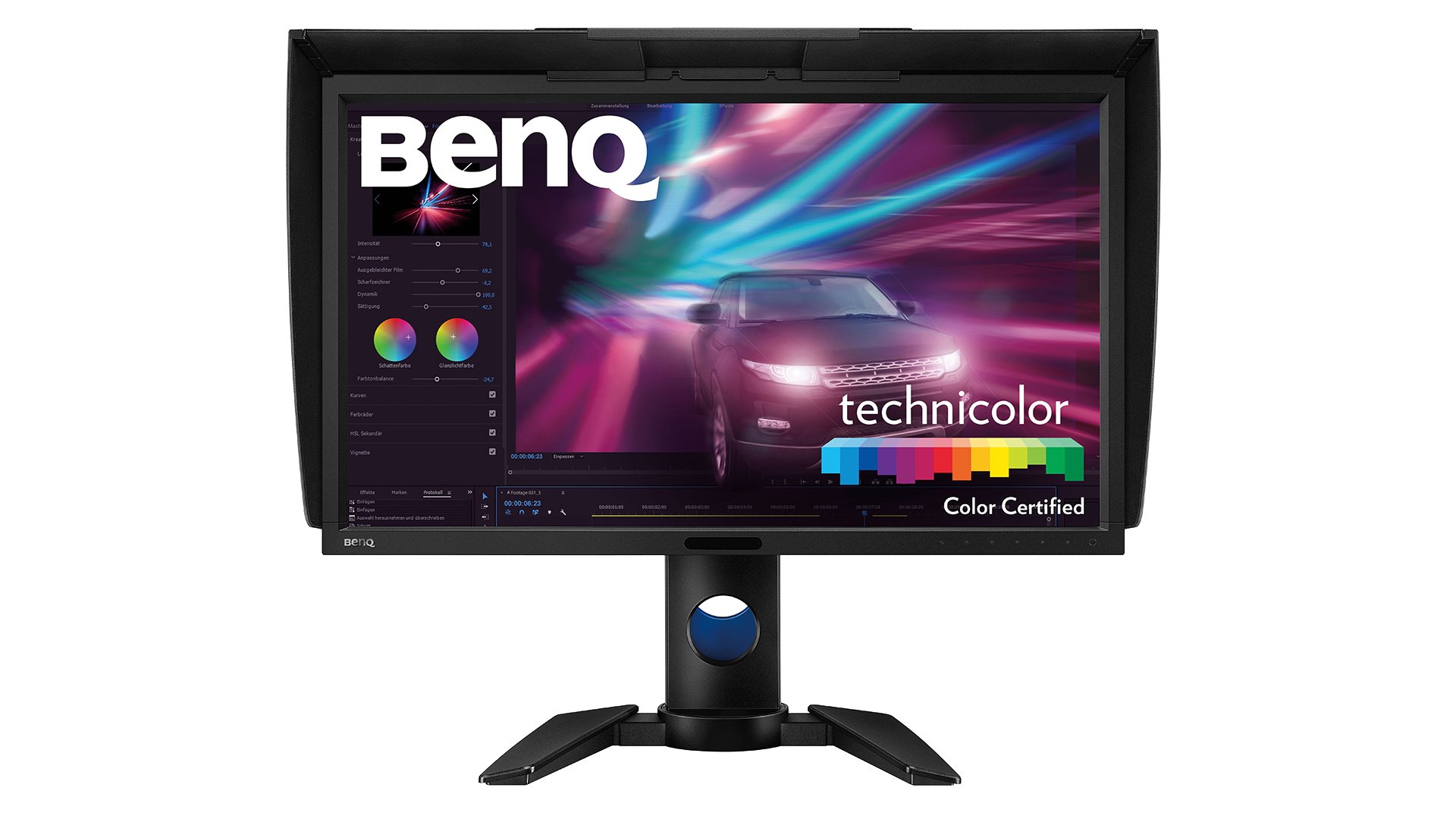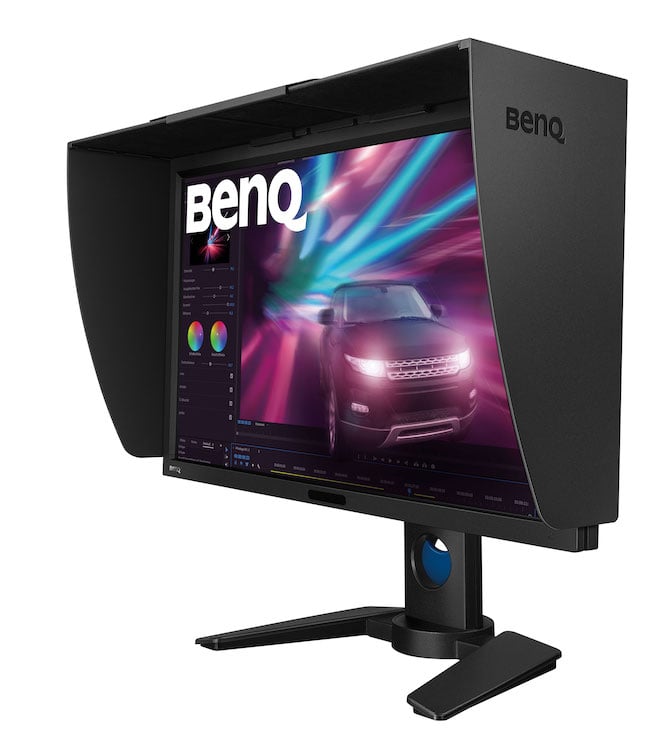
Even though monitors can look pretty much the same (they’re mostly black or grey rectangles), there are huge differences between them. Some screens are specifically designed for video makers, which is great news for editors and colorists.
As cameras have improved - with higher dynamic range, and wider colour gamuts - monitors have to keep pace. If your monitor doesn’t show your images in full because it is limited in some way, then you are essentially working blind, and you will have little control over the ultimate appearance of your work.
Your monitor is what you spend your day looking at. It makes complete sense to find one that’s suited to your workflow and your lifestyle.
Here are some things to look for.
Uniform brightness
If your screen isn’t uniformly bright, you won’t know what you’re looking at. If you’re not aware of non-uniform illumination, you might try to compensate in your post-production, which will leave uneven images in your final output. If you are aware of the issue, then it’s going to bug you for as long as it exists. Look for a monitor that ensures brightness accuracy through precision technology.
Backlight compensation
Some monitors actively measure the brightness of the backlight during individual sessions and over the lifetime of the display. All monitors change characteristics over their lifespan, so it makes sense to have a mechanism to compensate for this.
Hardware calibration
Good monitors are able to adjust the image that they produce without needing to change the settings of your graphics card.

The BenQ PV 270
A shading hood
Editors and post-production artists often have to work in offices, without optimised lighting and decor. A shading hood isolates an artist from sub-optimal optimal surroundings, and by keeping ambient light off the screen, improves colours and contrast.
High Dynamic Range
HDR is an improvement in video that even non-technical viewers love. It’s impossible to grade for HDR unless you have a way to view it. Make sure your monitor supports HDR formats like HDR 10, and be extra careful to ensure that your HDMI cable supports it too.
USB-C
This type of connection is becoming almost universal for connecting computers to high-speed peripherals, including video. Some USB-C ports support up to a 5Gbps data rate.
Colour gamut
Make sure your monitor supports multiple colour gamuts, including Rec.709 and DCI-P3. This will put you in a good place to display all kinds of video.
LUT support
Support for 3D LUTs ensures that you will be able to view material that’s not been graded clip by clip - rushes, for example. It’s becoming an essential.
Resolution
The last decade has seen a massive increase in screen resolutions, essentially mirrored by the pixel resolution of camera sensors. Across the wider IT market, it’s unlikely that cameras have driven the resolution of monitors - but whatever the reason, for content makers, the arrival of mature 4K monitor technology (and beyond) is an absolute boon. Even though 8K is now a reality, 4K will be the delivery format for a long time. If you think you need a 4K monitor, don’t hesitate to get a good one.
Our relationship with our monitor
We have an intimate relationship with our monitors. Freelancers often have a single monitor that they use for all their work - including administration. Spreadsheets are different to NLEs. Word documents are not like Photoshop files. It’s a demanding role for a single piece of equipment.
But the good news is that monitors are more than keeping pace. Modern designs have extraordinary performance. But they’re not all the same. You need to do your research.
Make sure your chosen monitor has the right connectors. Does it have the right resolution? Is it a comfortable size? What about colour calibration and management? Does it come with a screen hood?
And is it affordable? BenQ has a range of monitors with positive answers to all these questions. Superb, consistent images, and a range of essential professional features.
Check out BenQ products by clicking here.